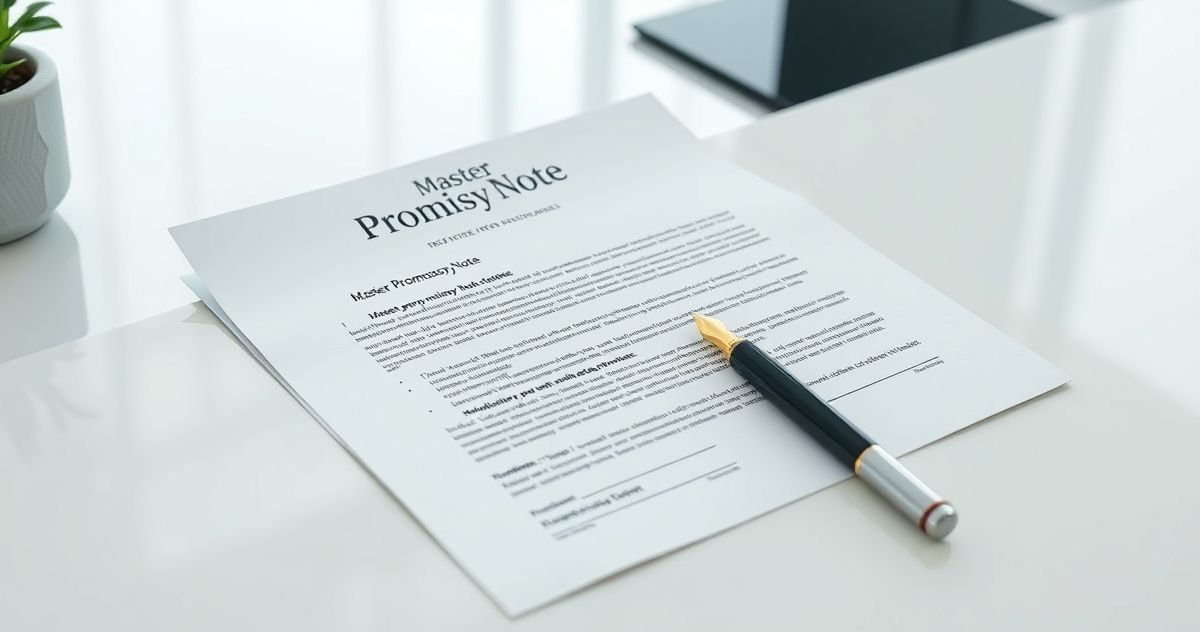How Does the Master Promissory Note Process Work?
Securing your federal student loans with an MPN is a straightforward, online process. It begins after you’ve been accepted to a school and received your financial aid offer.
- Complete the FAFSA®: Your journey starts by filling out the Free Application for Federal Student Aid (FAFSA®) to determine your eligibility for financial aid.
- Accept Your Loan Offer: Your school will send a financial aid package detailing the loans you qualify for. Once you accept the loan terms, you will be prompted to complete the MPN.
- Sign the MPN Online: You will sign the Master Promissory Note electronically on the official Federal Student Aid website, StudentAid.gov. The process typically takes about 30 minutes and requires your FSA ID, personal details, and two personal references (who are not cosigners).
- Funds Are Disbursed: After you sign, your school receives the loan funds from the U.S. Department of Education and applies them to your tuition, fees, and other school charges.
For most students, this single MPN remains valid for all subsequent federal loans you borrow for up to 10 years, as long as you are continuously enrolled.
What Key Terms Are in an MPN?
The MPN is a legally binding contract that details your obligations. While full of legal language, it outlines several critical terms you are agreeing to:
- Borrower’s Rights and Responsibilities: This section explains your core duties, such as making payments on time and keeping your contact information updated with your student loan servicer. It also covers your rights, like the ability to prepay your loan without penalty.
- Loan Amounts and Limits: It states that you can borrow up to the specified annual and aggregate limits for the loan program you are using.
- Interest and Fees: The note confirms that your loan will accrue interest and may have a loan origination fee deducted from the disbursement amount.
- Repayment Terms: It details when repayment begins, which is typically after a six-month grace period once you graduate, leave school, or drop below half-time enrollment.
- Deferment and Forbearance: The MPN introduces options to temporarily postpone payments if you experience financial hardship, such as deferment or forbearance.
- Consequences of Default: This critical section explains the severe outcomes of failing to repay your loan. A loan default can lead to credit score damage, wage garnishment, and collection fees.
Who Needs to Sign an MPN?
You must sign an MPN if you are borrowing most types of federal student loans. The specific MPN you sign depends on the loan type:
- Undergraduate Students: For Direct Subsidized or Direct Unsubsidized Loans.
- Graduate or Professional Students: For Direct Unsubsidized Loans or Grad PLUS Loans.
- Parents: For a Parent PLUS Loan taken out for a dependent undergraduate student.
It’s important to note that private student loans from banks or credit unions have their own, separate promissory notes and are not covered by the federal MPN.
Correcting Common MPN Misconceptions
Two common points of confusion often arise regarding the MPN:
- “A new MPN is needed every year.” This is false. A single MPN is valid for up to 10 years for most borrowers at the same school. You would only need a new one if you change schools or if you are a parent borrowing for a different child.
- “My references are cosigners.” This is also false. The references you provide are not financially responsible for your loan. The Department of Education uses them as a way to contact you if they are unable to reach you directly.
Ultimately, the Master Promissory Note is your binding promise to the federal government to repay your educational loans. Be sure to read it carefully and keep a copy for your records before signing.
Source: U.S. Department of Education



